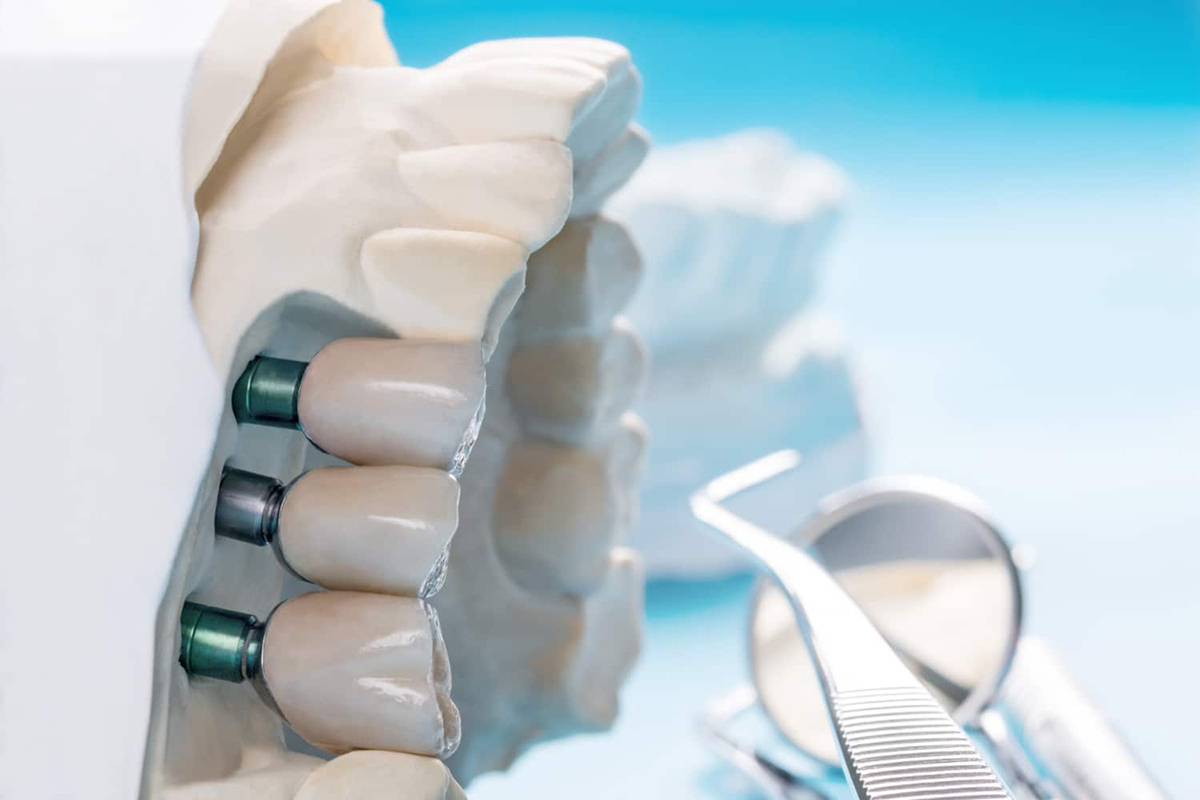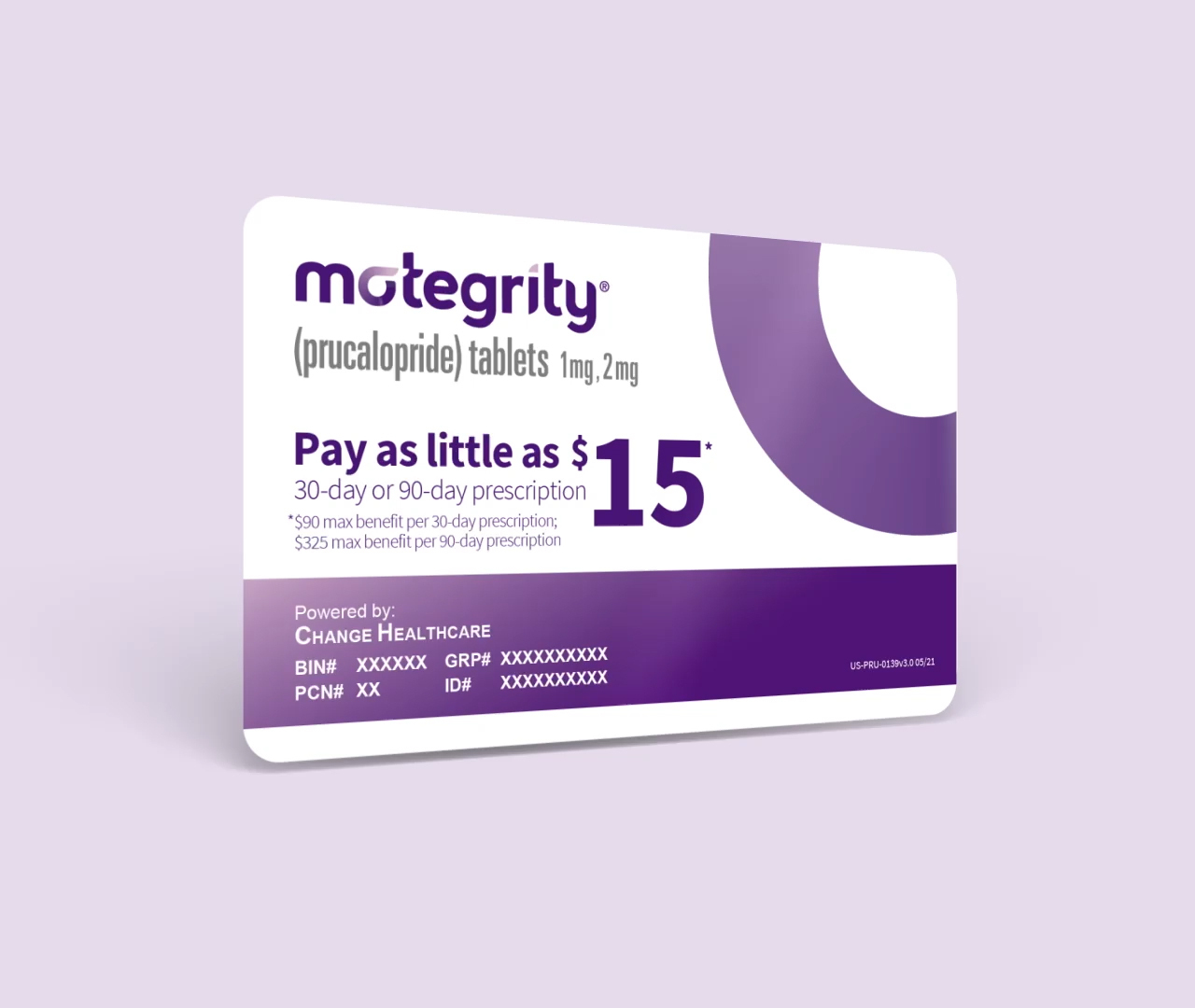

Finance
Why Doesn’t Dental Insurance Cover Implants?
Modified: December 30, 2023
Discover why dental insurance doesn't cover implants and learn about financing options for this dental procedure. Explore how to manage your finances when it comes to getting implants.
(Many of the links in this article redirect to a specific reviewed product. Your purchase of these products through affiliate links helps to generate commission for LiveWell, at no extra cost. Learn more)
Table of Contents
Introduction
Welcome to our comprehensive guide on why dental insurance often doesn’t cover dental implants. If you’ve ever wondered why this crucial dental procedure isn’t included in your dental insurance plan, you’re not alone. Dental implants, which are an effective solution for missing teeth, can be quite costly, leaving many people wondering why insurance providers don’t provide coverage for this restorative dental treatment.
Dental insurance is designed to help individuals and families maintain oral health by covering preventive and necessary dental procedures. However, dental implants are often perceived as an elective or cosmetic procedure, leading many insurance providers to exclude coverage for them. In this article, we will delve into the reasons behind the lack of dental implant coverage and explore alternative options for those seeking assistance in financing their implant treatment.
Before we delve into the reasons behind the absence of dental implant coverage in insurance plans, let’s first gain a clear understanding of what dental insurance coverage entails.
Understanding Dental Insurance Coverage
Dental insurance is a type of health insurance that aims to provide financial assistance for dental treatments and procedures. It is typically offered as either a standalone insurance plan or as part of a larger health insurance package. Dental insurance plans vary in terms of coverage, cost, and limitations, but they generally fall into two categories: preventive care coverage and restorative care coverage.
Preventive care coverage typically includes routine dental check-ups, cleanings, and X-rays. These preventive measures are important for maintaining good oral health and preventing more serious dental issues from arising. Restorative care coverage, on the other hand, includes treatments such as fillings, extractions, and root canals. These procedures aim to address dental problems and restore oral health.
While dental insurance covers a range of preventive and restorative procedures, it often excludes coverage for certain treatments, such as cosmetic dentistry procedures or elective treatments. Dental implants, unfortunately, often fall into this category.
Dental implants are a highly effective and long-lasting solution for replacing missing teeth. The procedure involves surgically placing an artificial tooth root into the jawbone, onto which a customized dental crown is attached. Dental implants not only restore the functionality of missing teeth but also improve the appearance and overall aesthetics of the smile.
Now that we have a better understanding of dental insurance coverage and the benefits of dental implants, let’s explore why these implants aren’t typically covered by dental insurance plans.
What Are Dental Implants?
Dental implants are an advanced dental treatment option for individuals who have lost one or more teeth. They are designed to mimic the natural structure and function of a tooth, providing a highly durable and aesthetically pleasing replacement.
A dental implant consists of three main components:
- Titanium Implant Post: This is a small, screw-shaped post made of titanium that is surgically placed into the jawbone. The implant post serves as the artificial tooth root and provides a stable foundation for the replacement tooth.
- Abutment: The abutment is a connector piece that is attached to the implant post. It acts as a link between the implant post and the replacement tooth.
- Replacement Tooth: The replacement tooth, also known as a crown, is custom-made to match the shape, size, and color of the patient’s natural teeth. It is securely attached to the abutment, completing the dental implant restoration.
The process of getting a dental implant typically involves multiple stages and may require several months to complete. After the implant post is inserted into the jawbone, a healing period known as osseointegration takes place. During this time, the surrounding bone tissue fuses with the implant post, providing a stable and secure anchor for the replacement tooth.
Once the osseointegration process is complete, the abutment is attached to the implant post, and impressions are taken to create the custom-made replacement tooth. The final step involves attaching the replacement tooth to the abutment, resulting in a restored smile that looks, feels, and functions like natural teeth.
Dental implants offer several benefits over traditional alternatives such as dentures or bridges. They provide a permanent and long-term solution for missing teeth, offering improved biting and chewing capabilities. Additionally, dental implants help maintain the integrity of the jawbone, preventing bone loss that typically occurs after tooth loss.
Now that we understand what dental implants are and how they work, let’s explore why they are often not covered by dental insurance plans.
Why Are Dental Implants Not Covered?
One of the main reasons dental implants are not covered by dental insurance is due to the perception that they are an elective or cosmetic procedure. Dental insurance plans typically prioritize coverage for preventive and necessary treatments, such as cleanings, fillings, and extractions, which are essential for maintaining oral health.
Unlike these essential treatments, dental implants are seen as a restorative treatment for replacing missing teeth rather than a medically necessary procedure. Insurance providers often consider dental implants as an elective or optional treatment since there are alternative tooth replacement options available, such as dentures or bridges, that are covered by insurance.
Another reason dental implants may not be covered by insurance is the cost associated with the procedure. Dental implants can be quite expensive, as they require both surgical placement and the fabrication of custom-made replacement teeth. Insurance providers may argue that the high cost of dental implants outweighs their overall benefit for the majority of patients. Therefore, they may choose to exclude coverage for this particular treatment.
Additionally, insurance providers may have specific limitations or waiting periods for restorative procedures like dental implants. They may have certain criteria that need to be met, such as demonstrating a significant functional or aesthetic need for implant placement, before considering coverage.
It’s important to note that not all dental insurance plans exclude coverage for dental implants. Some insurance plans offer coverage for implants, but it may be limited or require additional premiums. It’s crucial to carefully review the terms and conditions of your dental insurance plan to understand the extent of the coverage provided.
While it can be disheartening that dental implants are often not covered by insurance, it’s important to understand that insurance coverage is determined by a variety of factors and can vary from one provider to another. If you are considering getting dental implants, it is recommended to speak with your dentist and insurance provider to fully understand the cost and coverage options available to you.
Limitations of Dental Insurance
While dental insurance can provide valuable coverage for many dental treatments, it is important to recognize its limitations when it comes to certain procedures like dental implants. Here are some common limitations of dental insurance:
- Exclusion of elective or cosmetic procedures: Dental insurance plans often categorize dental implants as elective or cosmetic procedures, leading to their exclusion from coverage. Since dental implants are considered a restorative treatment rather than a medically necessary procedure, insurance providers may not include them in their coverage.
- Annual maximums and waiting periods: Dental insurance plans typically have annual maximums, which are the maximum amounts they will pay toward dental treatments within a year. If the cost of dental implants exceeds the annual maximum, the patient may need to cover the remaining expenses out of pocket. Additionally, some insurance plans have waiting periods before they provide coverage for certain treatments, including dental implants.
- Limitations on coverage percentages: Even if dental insurance does cover dental implants, it is common for the coverage percentage to be limited. For example, insurance may only cover a certain percentage of the cost, leaving the patient responsible for the remaining balance.
- Pre-authorization requirements: Insurance providers often require pre-authorization for certain procedures, including dental implants. This means that the patient needs to obtain approval from the insurance company before receiving the treatment. Without pre-authorization, the insurance provider may deny coverage.
- Waiting periods for pre-existing conditions: Some dental insurance plans have waiting periods for pre-existing conditions. If a patient requires dental implants due to teeth missing prior to obtaining insurance coverage, the insurance provider may not cover the treatment during the waiting period.
It’s important to carefully review your dental insurance plan and understand its limitations when it comes to coverage for dental implants. Speak with your insurance provider to clarify any questions you may have regarding coverage exclusions, annual maximums, waiting periods, or pre-authorization requirements.
Despite these limitations, there are alternative options available to help with financing dental implant treatments. Let’s explore some of these alternatives in the next section.
Alternatives to Dental Insurance for Implant Coverage
If your dental insurance does not cover dental implants or if you don’t have dental insurance at all, there are alternative options available to help with the cost of implant treatment. Consider the following alternatives:
- Dental Discount Plans: Dental discount plans are membership-based programs that offer reduced fees for dental services, including implants. These plans typically require an annual membership fee and provide discounted rates at participating dental providers.
- Health Savings Accounts (HSAs) or Flexible Spending Accounts (FSAs): If you have an HSA or FSA, you can use the funds to cover the cost of dental implants. These accounts allow you to set aside pre-tax dollars specifically for medical and dental expenses.
- Payment Plans or Financing Options: Many dental clinics offer payment plans or financing options to help patients manage the cost of dental implants. These arrangements allow you to make monthly payments over time, easing the financial burden.
- Dental Schools: Dental schools often offer discounted dental services to patients. While the procedures are performed by dental students under the supervision of experienced faculty, the cost is significantly lower compared to private dental practices.
- Charitable Organizations and Grants: There are charitable organizations and grants that provide financial assistance specifically for dental implant treatments. These organizations aim to help individuals who cannot afford the full cost of implants on their own.
- Crowdfunding: Online crowdfunding platforms can be used to raise funds for dental implant treatment. You can create a campaign and share it with friends, family, and the wider community, giving them the opportunity to contribute toward your dental implant costs.
It’s essential to research and explore these alternative options to find the one that best suits your needs and financial situation. Additionally, consult with your dentist to discuss payment plans or any additional resources they may be aware of to help you cover the cost of dental implants.
Remember, investing in dental implants is an investment in your oral health and overall well-being. While they may require upfront costs, dental implants offer long-term benefits and can significantly improve your quality of life.
Conclusion
In conclusion, dental insurance often does not cover dental implants due to several reasons. Insurance providers may view implants as elective or cosmetic procedures, prioritize coverage for preventive and necessary treatments, or consider the costs associated with implants to outweigh their overall benefit.
Despite the limitations of dental insurance, there are alternative options available to help with the cost of dental implant treatments. Dental discount plans, HSAs or FSAs, payment plans or financing options, dental schools, charitable organizations, and crowdfunding can provide financial assistance and make dental implants more accessible.
It’s important to carefully review your dental insurance plan to understand the coverage it offers for dental implants, or explore alternative options if your insurance does not provide coverage. Consulting with your dentist about financing options and seeking assistance from organizations dedicated to helping individuals afford dental implants can make the process more affordable.
Remember, dental implants are an advanced solution for replacing missing teeth, providing numerous benefits in terms of functionality, aesthetics, and long-term oral health. Investing in dental implants can enhance your quality of life and restore your smile.
Should you have any questions or concerns about dental implant coverage or financing options, it is best to consult with both your dentist and your insurance provider. By taking the time to research and explore all available options, you can make an informed decision that best suits your dental needs and financial circumstances.














